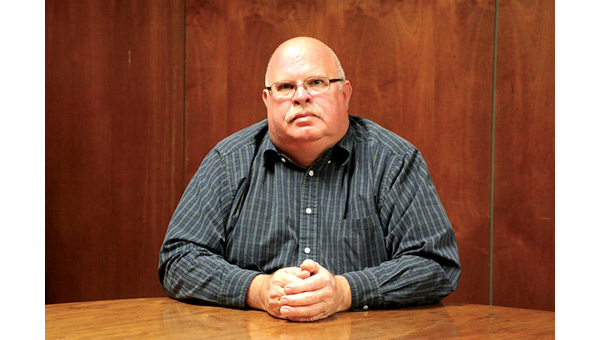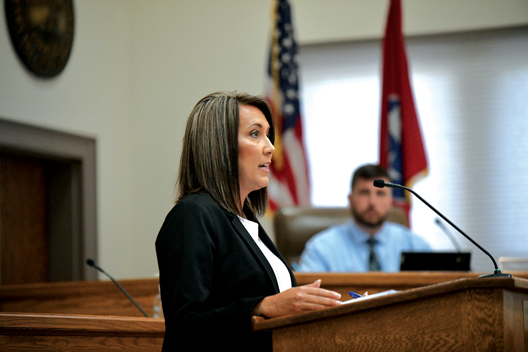Planning Commission delays decisions on sidewalk ordinance changes
Published 9:40 am Wednesday, January 7, 2015
The Elizabethton Regional Planning Commission delayed a decision on amendments to the city’s sidewalk ordinance to allow city staff time to develop a sidewalk plan.
Commissioners could not come to an agreement on what type of amendments should be made to the ordinance with two motions for amendments failing on a 3-3 tie vote. The group agreed that changes did need to be made to better outline the future construction and maintenance of the city’s sidewalks.
The current ordinance requires that all new construction include a sidewalk along the road frontage area of the development. Some commissioners felt that placed too much of a financial burden on the developer and requested the ordinance be amended to do away with that requirement.
City Planning Director Jon Hartman said while researching the ordinance he compared the city’s requirements to that of neighboring cities. He said Greeneville did not require sidewalks in new construction but he had been told planners were considering changing the ordinance to add them.
Hartman told commissioners Johnson City requires either the construction of a sidewalk or payment to a sidewalk fund. He noted Bristol requires sidewalks in subdivisions.
Commissioner Dena Bass stated she agreed with the requirement for sidewalks in new subdivisions but did not think they should be required for commercial, industrial or multi-family residential complexes. She said this requirement had led many developers to build sidewalks that did not have anything to connect to on the neighboring properties.
“So many have had to build sidewalks to nowhere,” she said.
Commissioner Melanie Sellers said she believed the requirement was necessary because the city’s sidewalk system had to start somewhere.
“So many in this community do not have a drivers license or a vehicle,” Sellers said. “They have to walk everywhere in all types of weather, usually with their children. This is a matter of public safety.”
Sellers said it may not make sense to have “sidewalks to nowhere” now, but in the future those sidewalks would connect together and allow for the city to become a more pedestrian-friendly place.
Commissioner Bill Taylor expressed his agreement with Bass that something needed to be done about the unconnected sidewalks. He said in many cases by the time the neighboring properties were developed the sidewalk that was built first had deteriorated and could not be used or did not match the current requirements.
Taylor suggested the city develop a sidewalk plan, similar to the street paving plan, that would make a priority list of what sidewalks need to be built first and then follow that plan.
Sellers made a motion that the ordinance remain in place with the references to the sidewalk regulations and to adopt the subdivision resolutions on sidewalk placement. She also moved the city develop a fund for developers to pay into when sidewalks were not feasible or a sidewalk did not connect to any other sidewalk.
The motion was seconded by Jeff Treadway. The motion failed on a tie with Sellers, Treadway and chairman Paul Bellamy voting in favor. Bass, Taylor and Vicky Manuel voted against.
Bass then made a motion to change the existing ordinance to only require sidewalks in subdivisions where new roads were built. This was seconded by Manuel. It also failed on a tie with Bass, Taylor and Manuel voting in favor and Sellers, Treadway and Bellamy voting against.
Sellers then made a motion, seconded by Taylor, for the city to develop a sidewalk plan to present to the commission that will outline sidewalk priority before any changes are made to the ordinance. This motion was unanimously approved.





